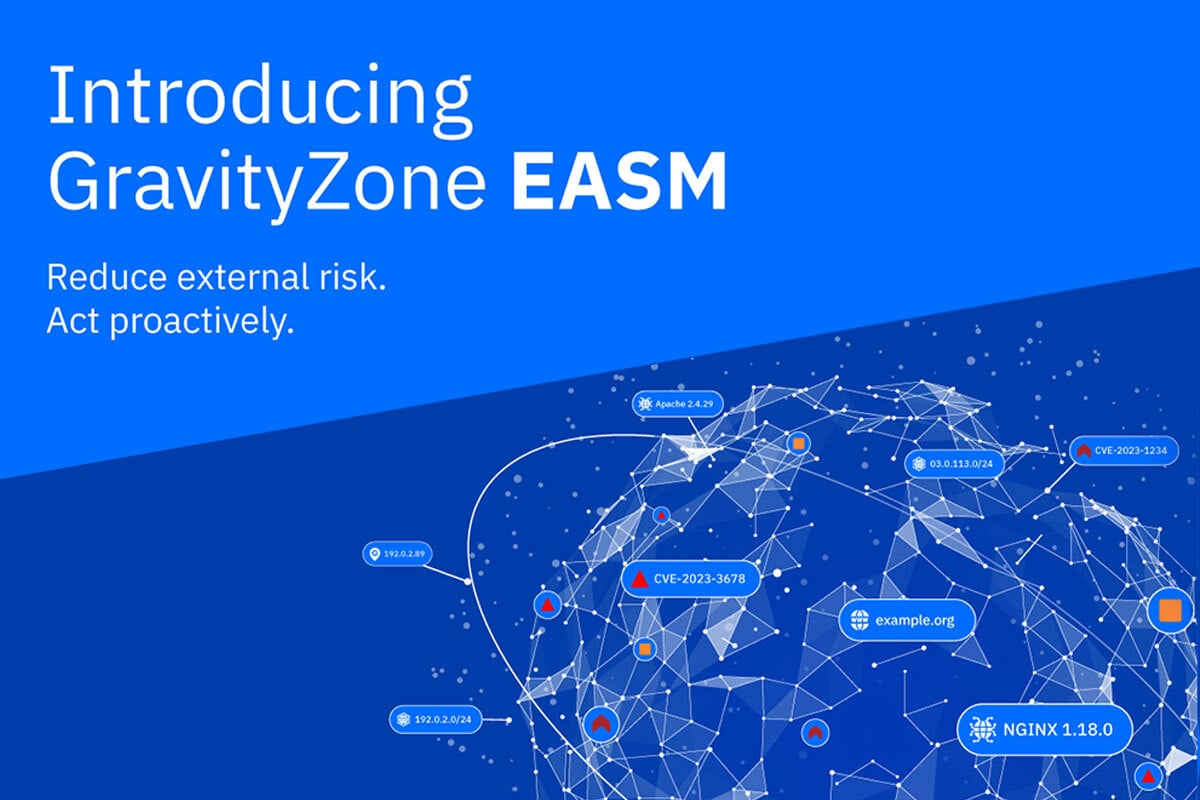Collaborative Defense: The Power of Teamwork Among Security Analysts

As we leave behind a rocky 2023 and enter an uncertain 2024, cybersecurity teams will continue to face incredible pressure. The acceleration of digital transformation and the spread of hybrid work policies will continue to expand threat surfaces. The security stack will continue to grow more decentralized and complex. And threats will continue to grow more sophisticated, using advanced attack tactics and techniques to exploit weaknesses throughout organizations’ IT infrastructure. The result will be overstretched security teams and alert fatigue – particularly amongst smaller security teams and organizations that do not have a security operations center (SOC).
It’s clear that today’s security teams need to find operational efficiencies to meet these critical challenges in 2024. The key? Improved inter-team collaboration and communication.
A Rocky 2023
We’ve seen incredible changes to the cybersecurity landscape in 2023. Digital transformation and work from anywhere policies are expanding threat surfaces at a rapid pace. The cloud is empowering innovation, agility, and growth, but it is also making the IT stack grow more complex. Most day-to-day tasks are conducted in a browser, far from the hardened data center, reducing analysts’ visibility and control over workloads. And new technologies such as artificial intelligence and machine learning (AI/ML) are helping threat actors create sophisticated attacks at scale that can adapt in real time.
These changes are enough to make any security analyst’s head spin. Security analysts are often outmanned and overstretched, sometimes relying on an aging toolset, or even mindset, that wasn’t built for today’s fast-moving, constantly evolving landscape. A plethora of monitoring solutions overwhelm analysts, leading to an abundance of false positives and alert fatigue. Organizations who can’t adapt may find that their operational team’s morale is low. Burnout with no upside forces people to leave the profession. A competitive market can make it increasingly difficult to bring in new talent that has the skills and drive to succeed.
Building and maintaining a SOC onsite certainly helps alleviate these stresses by simplifying complex security stacks through visibility and consolidation. And automation can help streamline manual tasks, allowing analysts to focus on more strategic security initiatives such as advanced threat intelligence. However, a hardened and agile SOC might be seen as a luxury rather than a must-have in today’s hypercompetitive, lean business environment, and many mid-sized organizations continue to rely on smaller teams to protect the organization from malicious threats, using dozens of tools to secure modern, dynamic, and increasingly cloud-based IT infrastructure.
Creating a Unified Approach
Operational efficiency, maximized resource utilization, and enhanced cybersecurity resilience are achievable even in environments where large, specialized teams like NetOps or architecture groups are not present. This is the essence of a unified cybersecurity approach, especially vital in contexts where resources are constrained. In these settings, the security team becomes a multifaceted force, capable of managing application security, network operations, and infrastructure architecture. This strategy depends on comprehensive visibility and a commitment to teamwork and collaboration within the team. Each member is key in identifying and addressing vulnerabilities, ensuring robust security integration across the IT stack. The key to success in these scenarios is redefining traditional IT roles, establishing clear operational baselines, breaking down legacy silos, and making the most of available resources. A unified cybersecurity approach enables teams, regardless of size, to respond quickly and effectively to protect their organization against a landscape of constantly changing threats.
Here are three ways security teams can improve collaboration and communication across the organization:
1. Pivot to a Risk-Based Approach
Protecting the organization’s most valuable assets requires understanding what those assets are and how people are using them to execute the company’s mission. Having regular conversations with the operations team provides visibility into critical IT assets, how they are being leveraged and the risk they pose to the organization. Then, correlating this information with other IT teams—whether they are application or NetOps—ensures all bases are covered up and down the IT stack. Taking this risk-based approach to cybersecurity ensures you are prioritizing the right assets and optimizing security resources in the most effective manner.
2. Open Communications Channels
Security teams are often criticized for trying to do too much, resulting in an overworked and overstretched team. Don’t be a hero. Work with other IT teams to spread the responsibility of securing the organization’s IT assets. Security should provide a foundation of security best practices and rely on other teams to implement the right safeguards while providing support, consultation and, eventually, enforcement. This includes keeping communications channels open to other business units, so if there’s a customer issue that needs to be addressed, for example, the cybersecurity team knows who within the sales organization should be contacted. Working across teams ensures the cybersecurity team isn’t overwhelmed and is working efficiently and at the appropriate scale while speeding time to resolution.
3. Optimize Your Resources
Optimizing cybersecurity resources is essential, especially with limited IT budgets. This requires the right mix of skilled staff, effective tools, and efficient processes. Ensure your team includes necessary expertise, like a cloud security specialist if you're moving to cloud-based operations.
Your cybersecurity tools must evolve with your IT environment. Regularly assess them against your business objectives and compatibility with other IT systems, such as development tools and cloud networking. Key considerations include their alignment with your current and future business model, impact on revenue or budget, and adaptability.
Maximizing the value of these tools is crucial. It's not enough to own advanced solutions; you must fully utilize them. Invest in training or collaborate with vendor support teams to ensure you're leveraging every feature of your cybersecurity investments, making the most of limited resources.
Join forces for stronger defense. Learn how our solutions foster team collaboration in cybersecurity.
tags
Author
Bitdefender is a cybersecurity leader delivering best-in-class threat prevention, detection, and response solutions worldwide. Guardian over millions of consumer, enterprise, and government environments, Bitdefender is one of the industry’s most trusted experts for eliminating threats, protecting privacy, digital identity and data, and enabling cyber resilience. With deep investments in research and development, Bitdefender Labs discovers hundreds of new threats each minute and validates billions of threat queries daily. The company has pioneered breakthrough innovations in antimalware, IoT security, behavioral analytics, and artificial intelligence and its technology is licensed by more than 180 of the world’s most recognized technology brands. Founded in 2001, Bitdefender has customers in 170+ countries with offices around the world.
View all postsRight now Top posts
FOLLOW US ON SOCIAL MEDIA
SUBSCRIBE TO OUR NEWSLETTER
Don’t miss out on exclusive content and exciting announcements!
You might also like
Bookmarks











